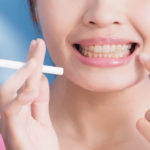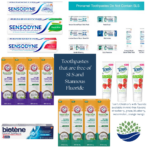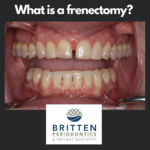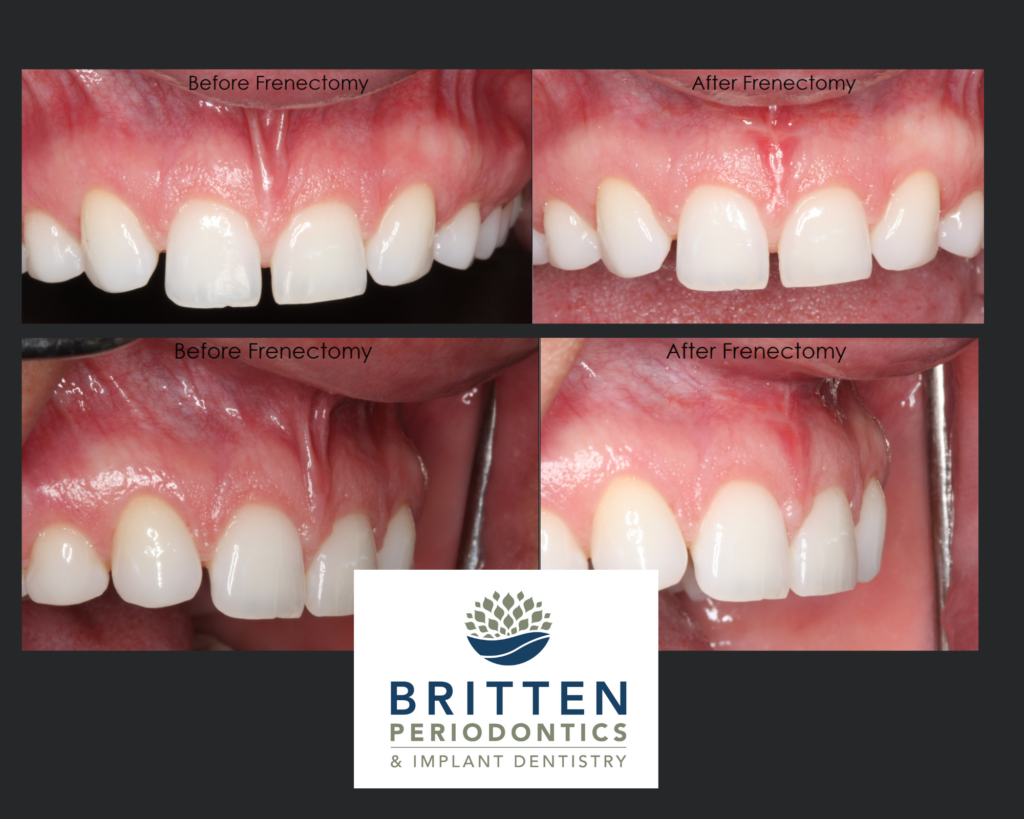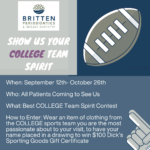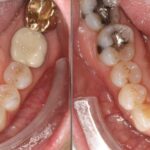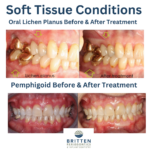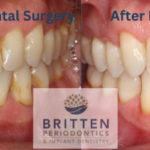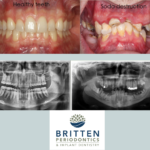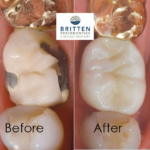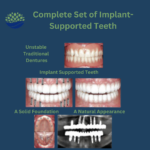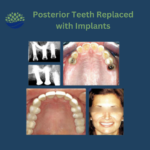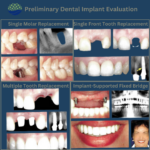Laser Periodontal Surgery: Before and After
Dr. Todd Britten offers his patients at Britten Periodontics & Implant Dentistry in Clearwater, Florida, the PerioLase and LANAP® protocol for treatment of periodontal disease. LANAP, or the Laser Assisted New Attachment Procedure, is an alternative to traditional periodontal surgery for the treatment of gum disease. Dr. Britten also offers LAPIP®, the Laser Assisted Peri-Implantitis Procedure, to treat infected and/or save failing dental implants.
Dr. Todd Britten cites that the benefits of laser periodontal dentistry include:
The precise dental laser used in our practice can accurately target and remove harmful bacteria without causing damage to healthy gum tissue.
Laser surgery involves no incisions and little to no post-operative inflammation. Therefore, patients experience a much faster healing period and often do not need pain medication.
In traditional gum surgery, gum recession is commonly unavoidable. Laser gum surgery never harms healthy gum tissue, which means there is little to no gum recession.
Laser gum surgery is scientifically proven to generate new bone growth in the jaw, leading to added support for existing teeth.
Using the PerioLase MVP-7 dental laser in both the LANAP and LAPIP protocols, we can effectively target and kills harmful bacteria that causes inflammation around natural teeth or dental implants. Killing the bacteria helps to treat the cause of the disease, not just the symptoms.


